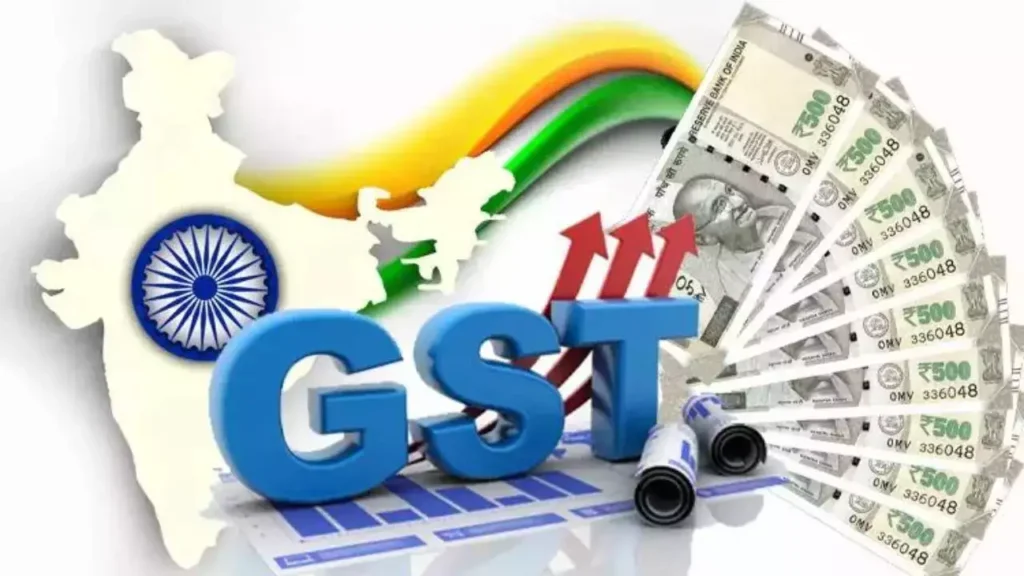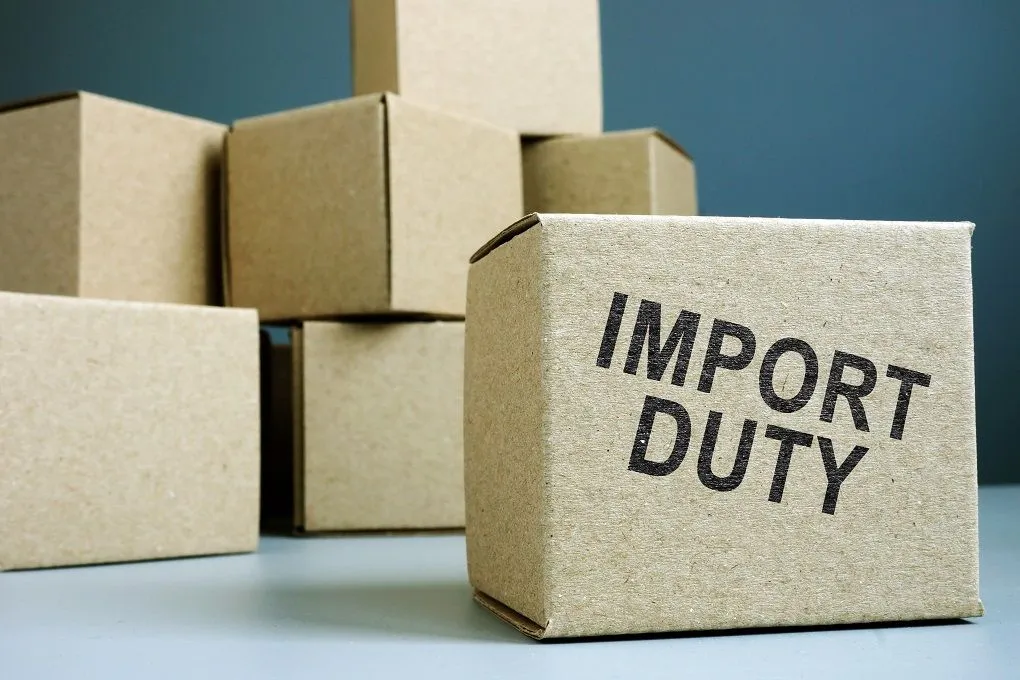The iPhones are being manufactured in India, yet they seem more expensive compared to the global pricing. For example, the iPhone 15 is priced at $799 in the US, which is approximately 66,208 rupees. In India, the same iPhone is priced at 79,900 rupees. Why is there such a difference, and is Apple making a higher profit in India?
Also Read: Does Antivirus Detect and Remove All Malware?
Pricing In India Works Differently
It’s important to note that the pricing you see in the US may not be the exact cost because it does not include taxes. In India, there is a uniform Goods and Services Tax (GST) applied to products in every state. In the US, different states have varying sales taxes, ranging from 2% to 10%, depending on the state. This can lead to variations in the final price. While Apple might not be at fault, the overall pricing is influenced by taxes, distribution costs, and other factors that contribute to the final product cost in each region.

Currency Fluctuation is also a Reason
In addition, currency fluctuation in India is also a significant reason. When the iPhone 15 was launched, the exchange rate was $1 equals to Rs 80. After a few days, it became Rs 83. Apple sets its pricing in India in a way that, even if there is currency fluctuation, Apple doesn’t incur losses, and they may need to adjust prices. That’s why Apple creates a buffer; perhaps they have kept a rate of Rs 100 for $1 and set their pricing accordingly. This way, even if there is a significant fluctuation, Apple doesn’t face an immediate loss.

Apple is Assembling in India But…
And on top of all this, the biggest reason is that Apple is manufacturing complex parts and components abroad, which are not manufactured in India. These complex components are imported. If you look at the iPhone box, it says “assembled in India” and not “manufactured in India.” Essentially, parts are sourced from abroad, and in India, they are assembled to make the phone.

Import Duty is Too Much
For instance, the most expensive part, the display of iPhones, is manufactured by Samsung, and it is imported from Samsung. Now, if there is an import, import duty is applied. In the case of the haptic input, a 20% import duty is levied. The PCB (Printed Circuit Board), which is the motherboard containing all the components, also incurs some import duty. On top of all this, there is an 18% GST (Goods and Services Tax) applied to the phone. So, when you add everything up, the end user is essentially paying around 40% in taxes.

Certainly, Apple does not directly pay the import duty; it is passed on to the consumer as part of the product cost. For example, if you are buying an iPhone 15 Pro for ₹135,000, you are paying ₹21,000 for GST and approximately ₹20,000 for import duty. So, out of the ₹135,000, you are essentially paying ₹41,000 only in taxes.
Tax is Too Much
If you opt for the iPhone 15 Pro Max, priced at ₹160,000, about ₹50,000 of that amount is just taxes. If we remove all these taxes, the price would be significantly lower. However, there might be a slight additional cost, and as I mentioned earlier, Apple may be creating a buffer due to the fluctuation in the Indian currency. By setting a rate of 1 dollar = ₹100, Apple may be gaining a bit of profit advantage due to the fluctuation in the exchange rate, allowing them to maintain a consistent pricing strategy.

It’s important to note that not all iPhone models are assembled in India, and even among the assembled models, not every unit is assembled in the country. Some units are still imported as fully assembled phones.
Don’t Miss: Scientiats Find Super Earth! Better Than Earth
Where to Purchase iPhones
As for purchasing iPhones in Dubai or other countries, it used to be a common perception that buying an iPhone abroad, especially in Dubai, would be cheaper than in India. However, since the start of iPhone manufacturing in India, the price difference between Dubai and India has diminished. While Dubai might still have slightly lower prices, considering the cost of a flight ticket, the overall savings may not be significant. So, if you are traveling abroad, countries like the US, Canada, Australia, China, Singapore, and the UAE are known for comparatively lower iPhone prices. Here’s an interesting fact related to iPhones in India: around 70% of iPhones sold in India are purchased through EMI (Equated Monthly Installments).
